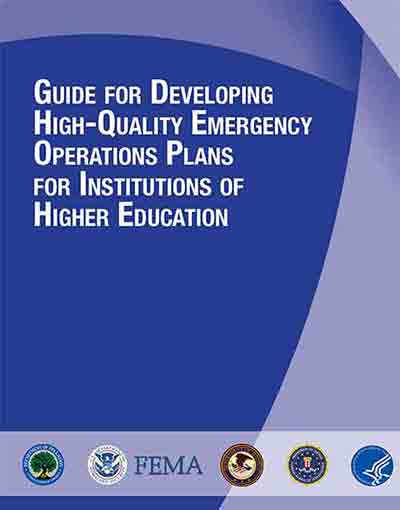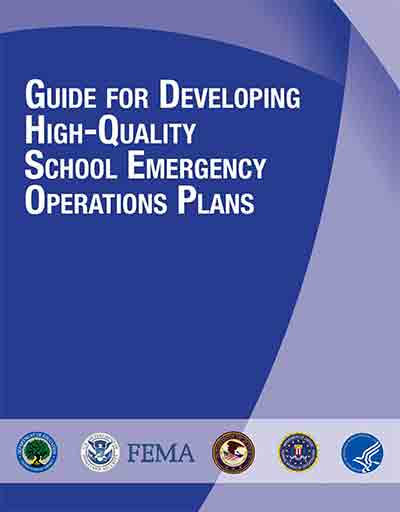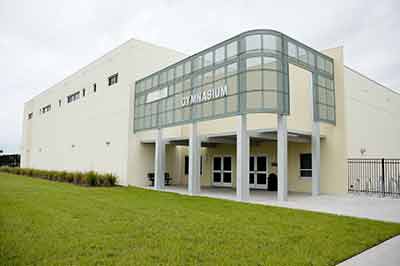Howley, Johnson, & Petrie, 2011
Arguments for consolidation, which merges schools or districts and centralizes their management, rest primarily on two presumed benefits: (1) fiscal efficiency and (2) higher educational quality. The extent of consolidation varies across states due to their considerable differences in history, geography, population density, and politics. Because economic crises often provoke calls for consolidation as a means of increasing government efficiency, the contemporary interest in consolidation is not surprising. However, the review of research evidence detailed in this brief suggests that a century of consolidation has already produced most of the efficiencies obtainable. Research also suggests that impoverished regions in particular often benefit from smaller schools and districts, and they can suffer irreversible damage if consolidation occurs. For these reasons, decisions to deconsolidate or consolidate districts are best made on a case-by-case basis. While state-level consolidation proposals may serve a public relations purpose in times of crisis, they are unlikely to be a reliable way to obtain substantive fiscal or educational improvement.











